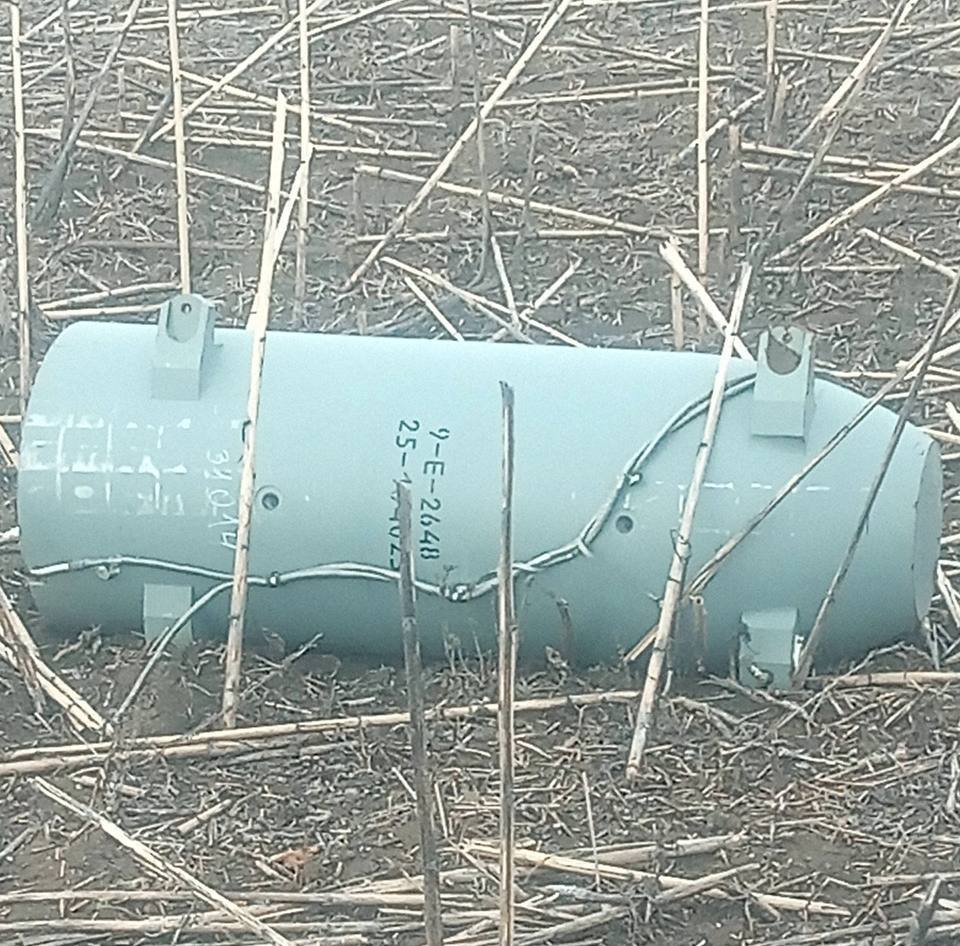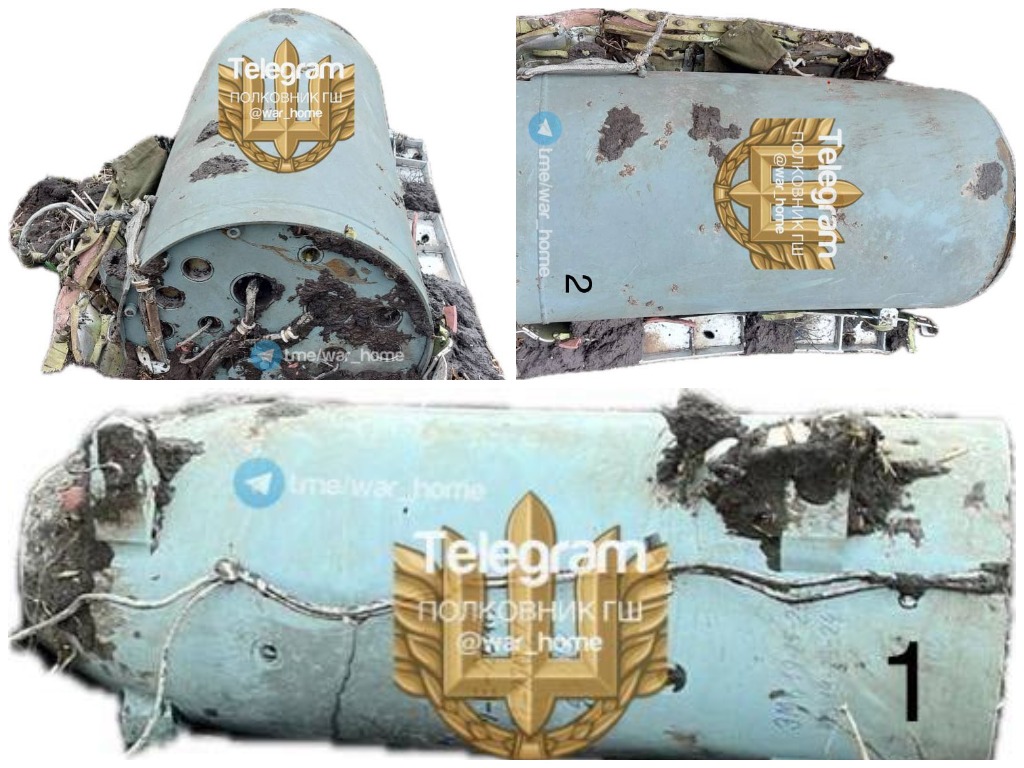A missile aimed at Ukraine crashes in Russia
16 April, 2024 The wreckage of the Kh-101 missile in the Volgograd region of Russia. April 2024. Photo from social media
A Kh-101 long-range cruise missile that was launched over Ukraine from a strategic bomber, crashed in Russia. Militarnyi reports on this. The air-launched missile crashed in the north of the Volgograd region.
Photos of the wreckage with the characteristic shape of the Kh-101 hull and warhead were posted on social media and in the media. The missile debris was found on Monday, April 15, in a field in the Yelansky district. After being launched from a Russian bomber, the Kh-101 crashed and broke into several pieces after flying for some time.
 The wreckage of the Kh-101 missile in the Volgograd region of Russia.
The wreckage of the Kh-101 missile in the Volgograd region of Russia.
April 2024. Photo from social media
The cause of the crash is not reported. The missile's body shows no signs of air defense damage, which may indicate that the missile was malfunctioning or damaged during or immediately after launch.
 A Kh-101 missile warhead in the Volgograd region of the Russian Federation.
A Kh-101 missile warhead in the Volgograd region of the Russian Federation.
April 2024. Photo from social media
It is worth noting that cruise missiles fall regularly in the Volgograd region and in general on the Russian border with Ukraine. In January of this year, the wreckage of a Russian cruise missile that fell in a field was found on the outskirts of Volgograd.
 The village of Petropavlivka in the Voronezh region of the Russian Federation after the fall of the missile, January 2, 2024.
The village of Petropavlivka in the Voronezh region of the Russian Federation after the fall of the missile, January 2, 2024.
Photo from social media
Militarnyi also reported that on January 2, one of the Russian missiles fired at Ukraine fell on a village in the Voronezh region, which led to the destruction of houses. Russians often use the Kh-101 during massive terrorist attacks on Ukrainian critical infrastructure and energy supply facilities.
In March, Ukrainian air defense shot down a modified Russian Kh-101 cruise missile, which had a tandem warhead.
 Warhead of the Kh-101 missile.
Warhead of the Kh-101 missile.
Photo credits: @war_home
The modified version of the Kh-101 received an additional warhead, doubling its total equivalent from 450 kilograms to about 800 kilograms.
The second warhead includes cubic-shaped steel fragments to increase combat efficiency.